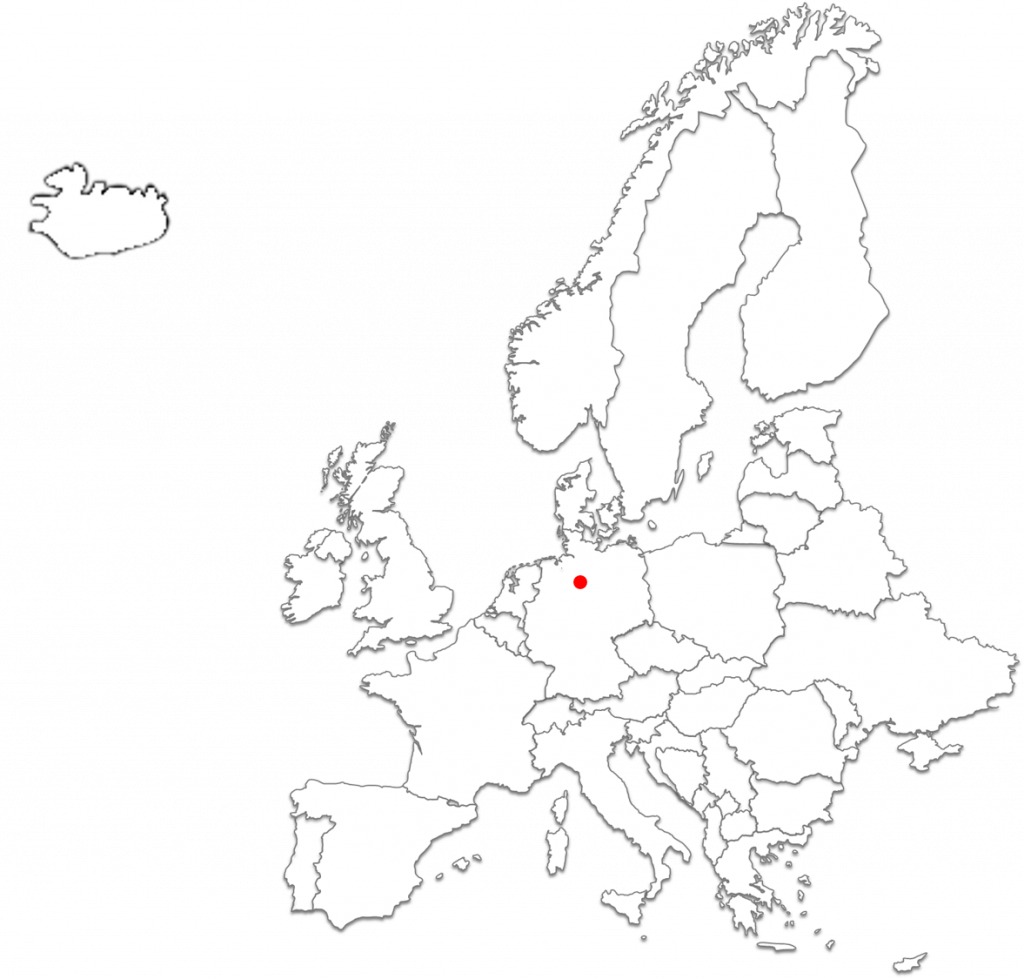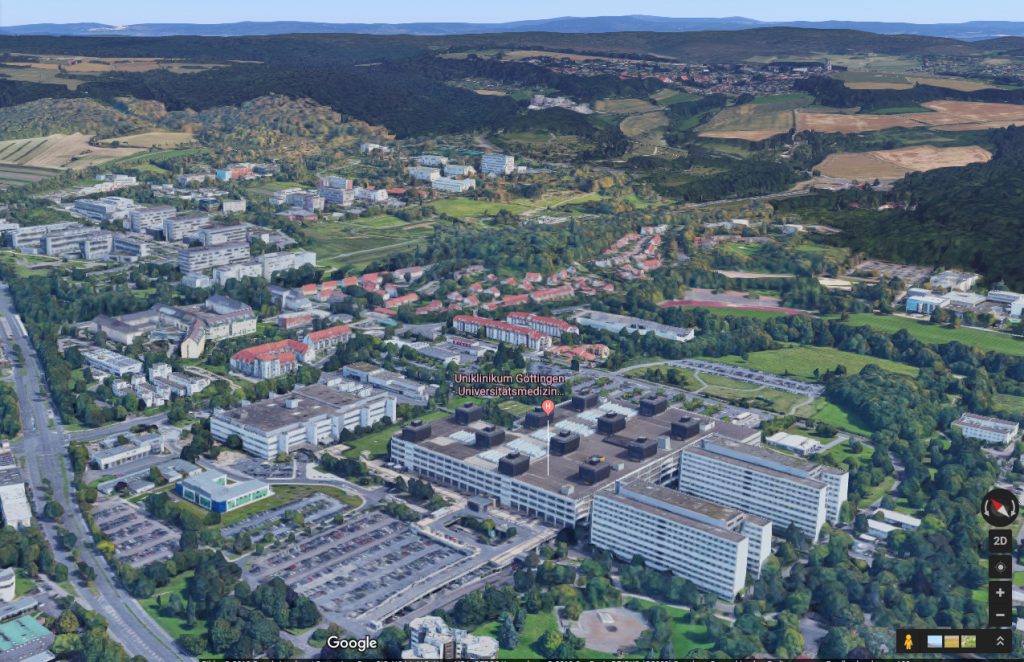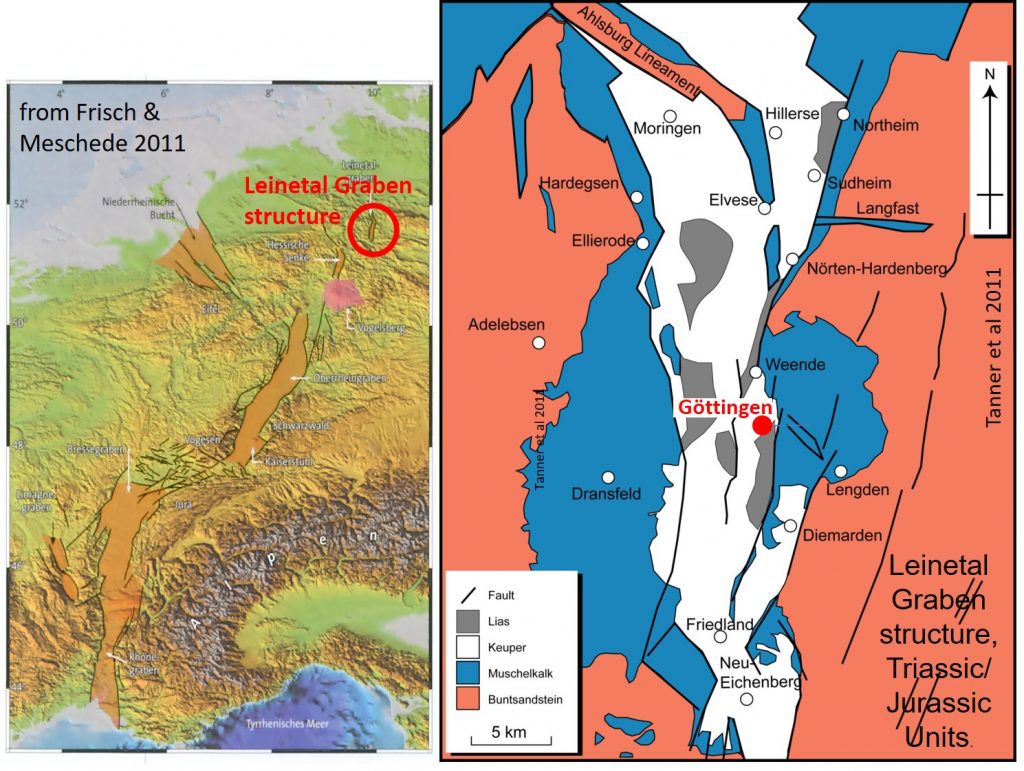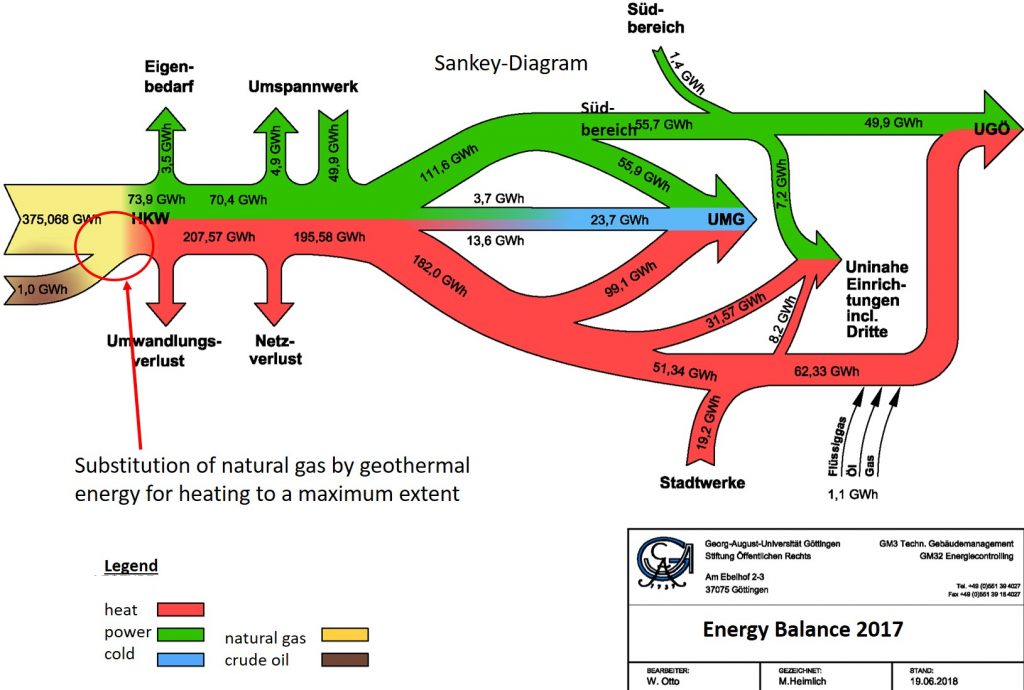Lab Work


Field Work

Medelling Work

Name: Universitätsenergie Göttingen GmbH
Location: Göttingen, Germany
Project status: in exploration, 2D seismic
completed, analog studies, research well preparation
Owner: University of Göttingen
MEET Partner in contact with site: UGOE & UEG
Key figures
Number of wells, drilling year: in preparation
Year of comissionning: exploration permit since 2011
Production temperature, flow rate: yet unkonwn
Installed capacity (thermal power): 30 MW (natural gas)
Capacity in term of housing unit equivalent and CO2 avoided: yet unkonwn
Potential capacity added by MEET: yet unkonwn
Geothermal energy is aimed to be an integral part of the heat supplying district system of the University campus and should replace in future the University owned gas turbine based heat and power plant (30 MW heat) to a maximum extent.
Analog studies Harz Mountains, Reservoir modelling and EGS strategy, conversion strategy from natural gas to geothermal based heat supply, risk analysis, upscaling of results on European scale.

Northern part of the Göttingen Campus; far background: analog site Harz Mountains
To know more
Leiss, B. et al. (2011): Tiefengeothermisches Potential in der Region Göttingen.- p. 163 – 170, Universitätsdrucke Göttingen.
Leiss, B. and Wagner, B. and the MEET-Konsortium: EU-Projekt MEET (2019): neue Ansätze „Enhanced Geothermal Systems (EGS)“ – Göttinger Unicampus als Demoprojekt.- Geothermische Energie 91, p. 26-28.
Göttingen is situated within the N-S trending Triassic to Tertiary developed Leinetal Graben system. Underneath a Permotriassic sedimentary cover of 1500 m thickness, the Variscan folded and thrustet metasedimentary and volcanic rock sequences of Carboniferous and Devonian age follow. The rock sequences mainly comprise slates, greywackes and to a less extent quarzites, cherts and diabas. In 2015 we measured two seismic lines with a total length of 21 km and of 5 km depth.

MEET helps on one hand to develop a reservoir model which is the basis for setting up a strategy for an « Enhanced Geothermal System » in the underground. On the other hand, MEET strongly helps to initiate and to develop conversion strategies of the existing surface infrastructure to prepare the integration of geothermal energy.
These actions are the basis to attract further investigations in a research well, which will refine the reservoir model´and further mitigate the risks.

